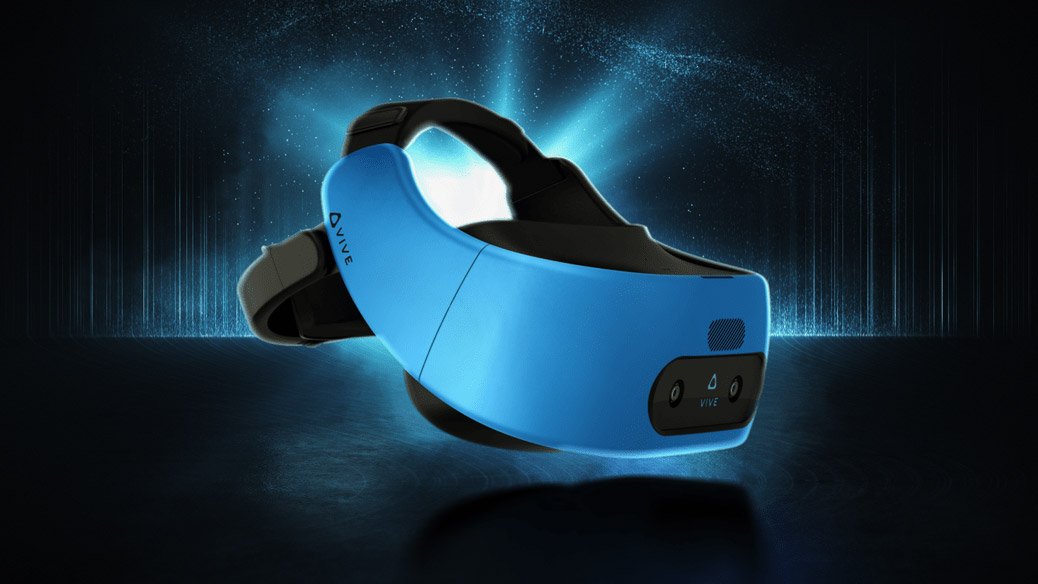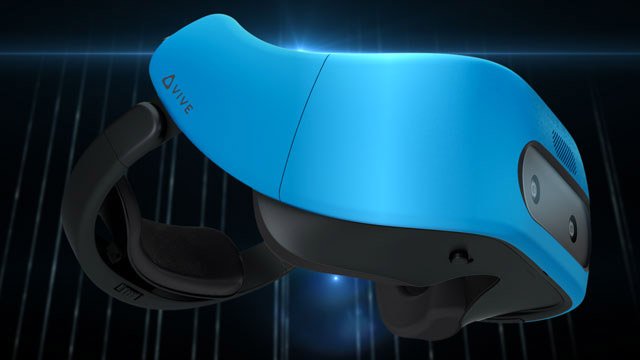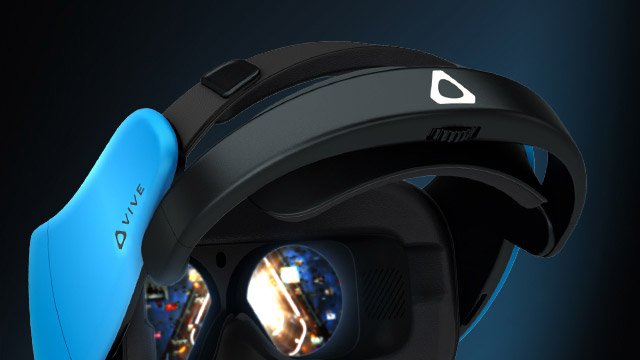At the Vive Developers Conference in Beijing yesterday, HTC revealed the Vive Focus. This is a standalone VR headset with inside-out positional tracking. The headset is positioned for the Chinese market, though other global markets will soon be getting a variant by year’s end.

Vive Focus is the name of the standalone mobile VR headset which was initially teased way back at Google I/O 2017 in May. The device, which is based on a Qualcomm’s Snapdragon 835 VR reference design, is a standalone headset, which means it has everything on board (compute, display, battery, etc) and doesn’t rely on a host PC or a snap-in smartphone.

In addition to being standalone, the Vive Focus headset features on-board cameras which are capable of inside-out positional tracking which means users’ heads are tracked through space without the need for external sensors or beacons.

Though the US version of the headset is due to debut with Google’s impressive ‘WorldSense’ tracking, so far we see no mention of WorldSense for the Vive Focus, so it may be relying instead on tracking software from Qualcomm or in-house from HTC.

The headset will run HTC’s newly announced Vive Wave platform. Described as an “open” platform, Vive Wave seeks to consolidate content from China’s mobile VR market which HTC calls “fragmented.” Details are still emerging, but it sounds like Vive Wave is aiming to function for the Chinese mobile VR market like Valve’s SteamVR functions for the US desktop VR market—a device agnostic content platform with an open door for third-party headset makers to access content.







